December 13, 2023
Tis the season of juncos. Trios of gray-heads with their black eyes and flared tails, sputter to the fountain pool with a sound like burning sapwood. Others watch. The pink-sides keep to the naked chokecherry thicket, uncertainty written in their dark gaze. The boldest of all are the Oregons, which genuflect at the top of the fountain to dip their bills into a trickle of water. They don’t even look like juncos in their soot-colored hoods.
Of the six races of dark-eyed juncos, five visit the yard. The slate-colored and red-backed being the other two. I’m still waiting for the largest dark-eyed junco, the rare white-winged. The ID of which could be problematic since a variant of the slate-colored—like 1 in 200—shows prominent white wingbars.
So, I scrutinize each bird’s wings. And bills—whether they’re pale or pink or gray or bi-colored pale and gray. Or bi-colored pale and gray at just the upper bill because, among all these flashy winter denizens of the dark-eyed kind, there be hybrids.
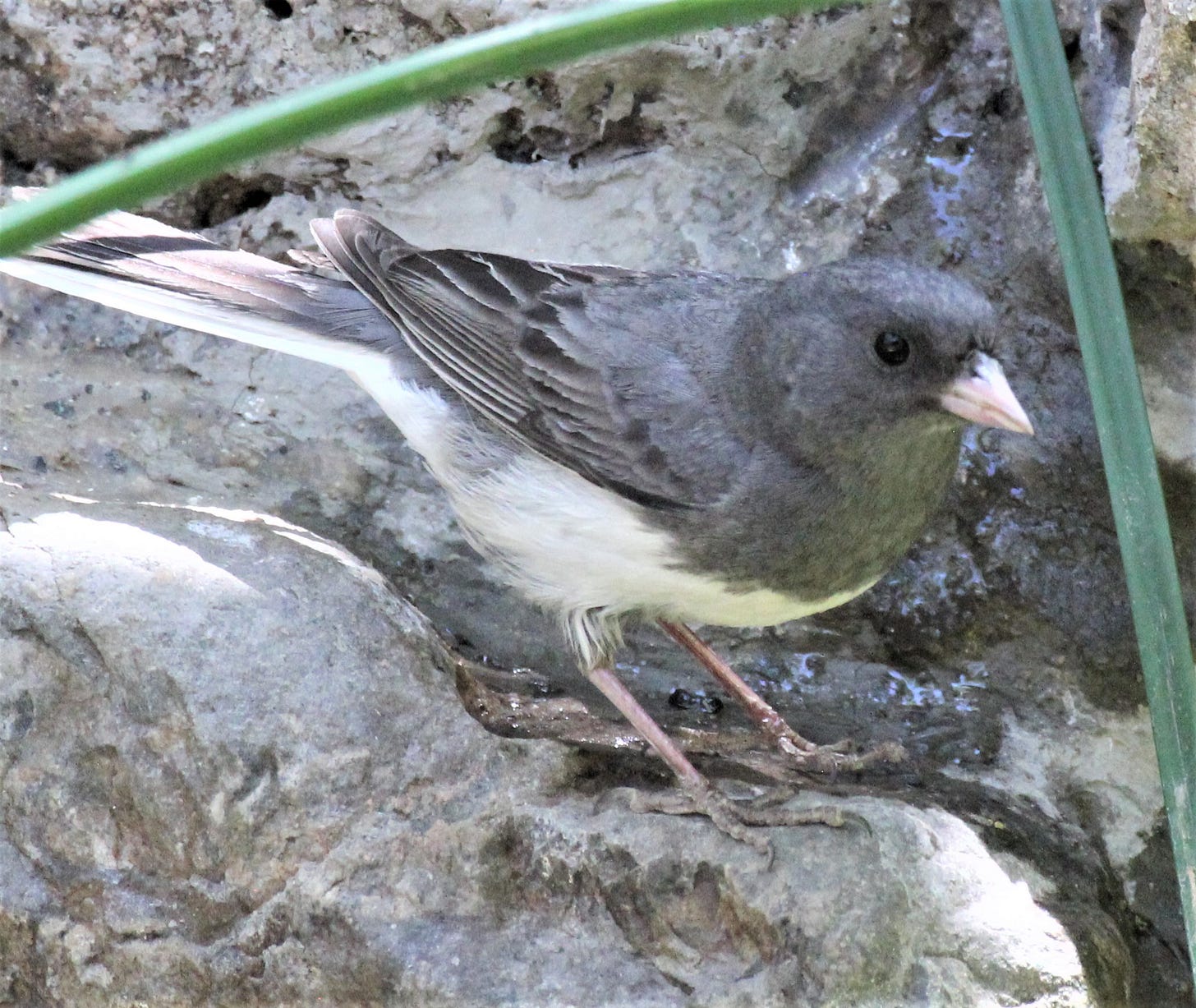
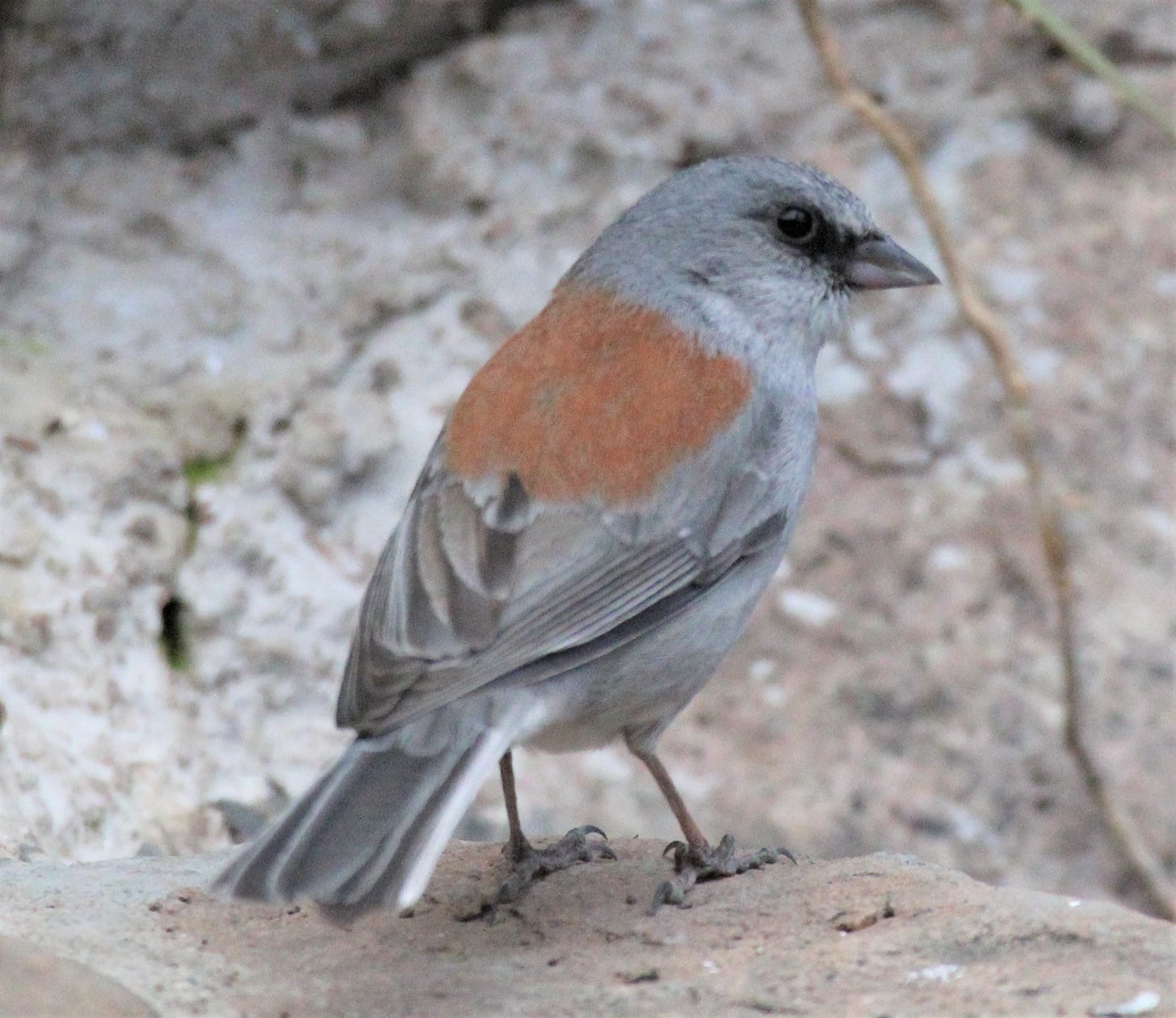
I’m reading Lixing Sun’s new book, The Liars of Nature and the Nature of Liars: Cheating and Deception in the Living World, a humous take on how life on our planet—from genes to cells to possums playing possum and crows crying wolf—is rife with creative impostors. Like the singing toadfish, which constructs its nest and woos females with loud monotonous humming until he gets thousands of eggs from multiple suitresses. What’s creative are the “Type II” toadfish males, which don’t waste effort on singing or building nests. Instead, they put their energy into masquerading as females in both looks and behavior to gain access to the nests of Type I males and surreptitiously fertilize any unfertilized eggs. Apparently, they also grow very large testes...
Then there are those sneaky dark-eyed juncos. Female dark-eyed juncos. Both sexes tend to have only one mate with which they nest and defend a territory. They are “socially monogamous.” However, females frequently copulate with other males and as a result, males raise young that are not necessarily their own. “In the socially monogamous dark-eyed junco,” Lixing Sun writes, “birds born out of ‘wedlock’ can rack up 85% more offspring than those produced by the monogamous pair.” Females, in this way, are rewarded for straying by producing more grandchildren.
Could this be why there are so many different-looking juncos in my yard?
Hybrid-colored beaks are easy to miss...and dismiss. But I wonder if somewhere during summer a daddy gray-head questions all the sooty-heads in his nest.
There’s something to be said about the simplicity of the one-basic-patterned, yellow-eyed junco, which is also monogamous—but only for a single breeding season.
Thanks for subscribing! More to come as we approach the end of 2023!



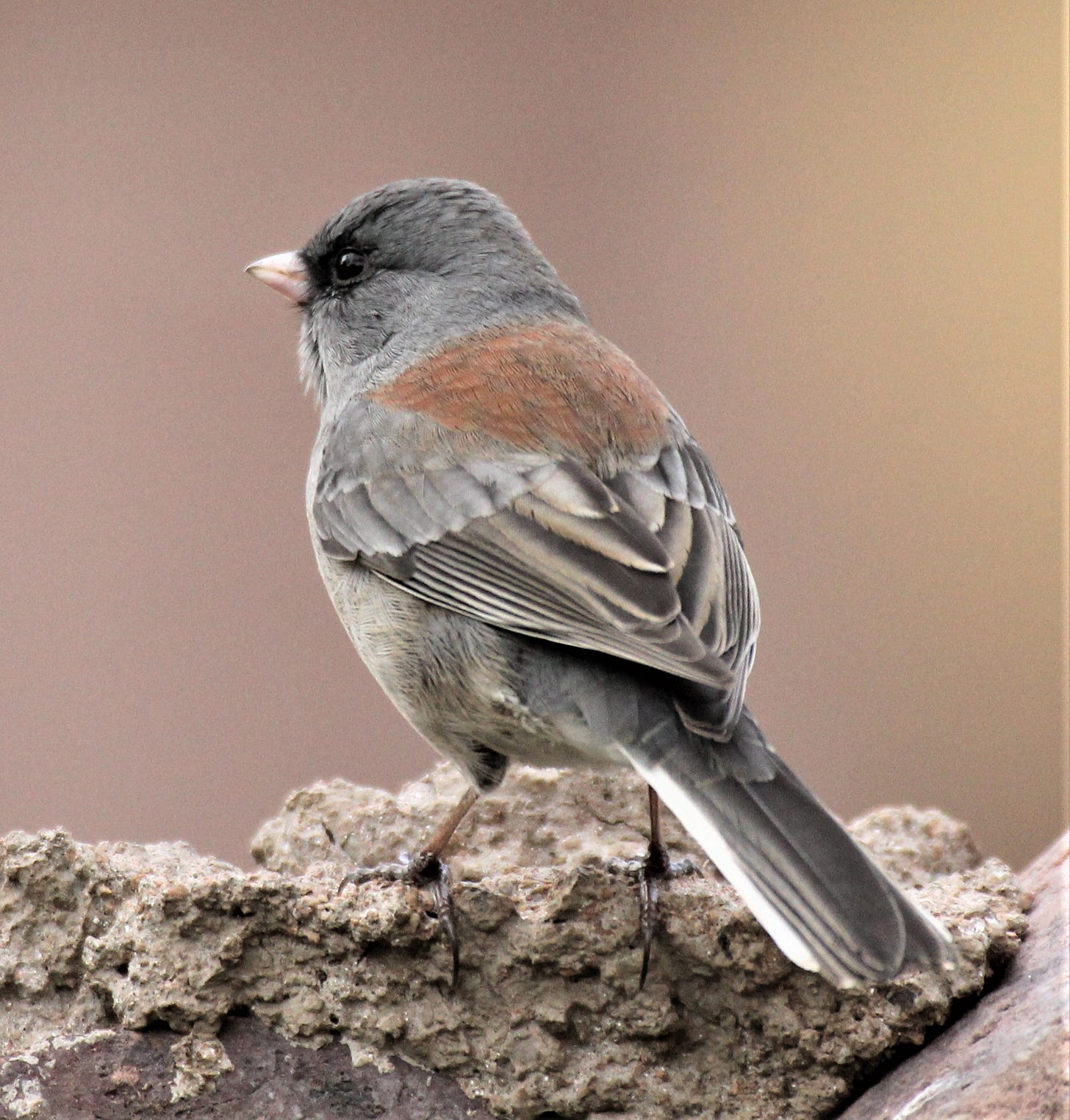
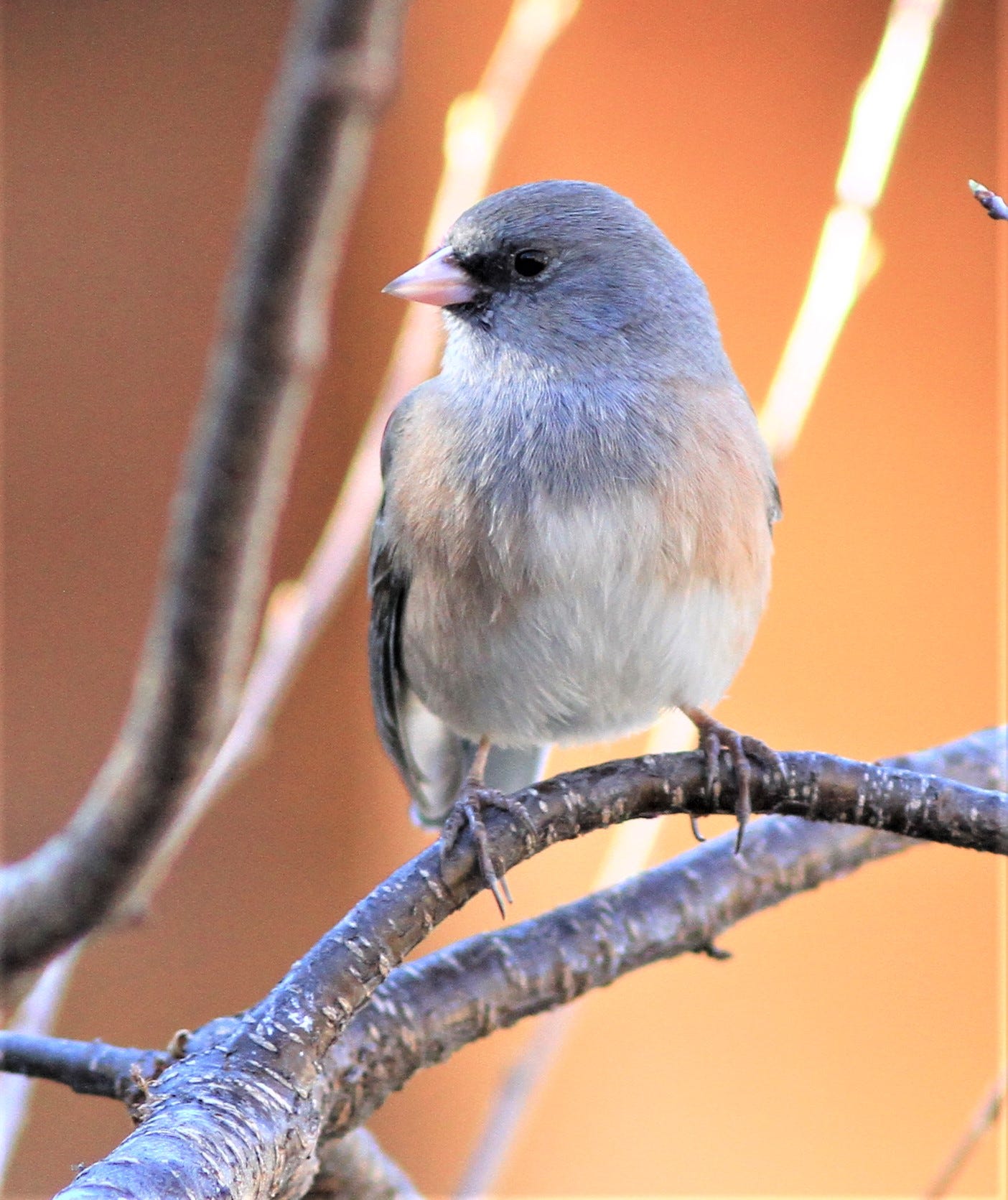
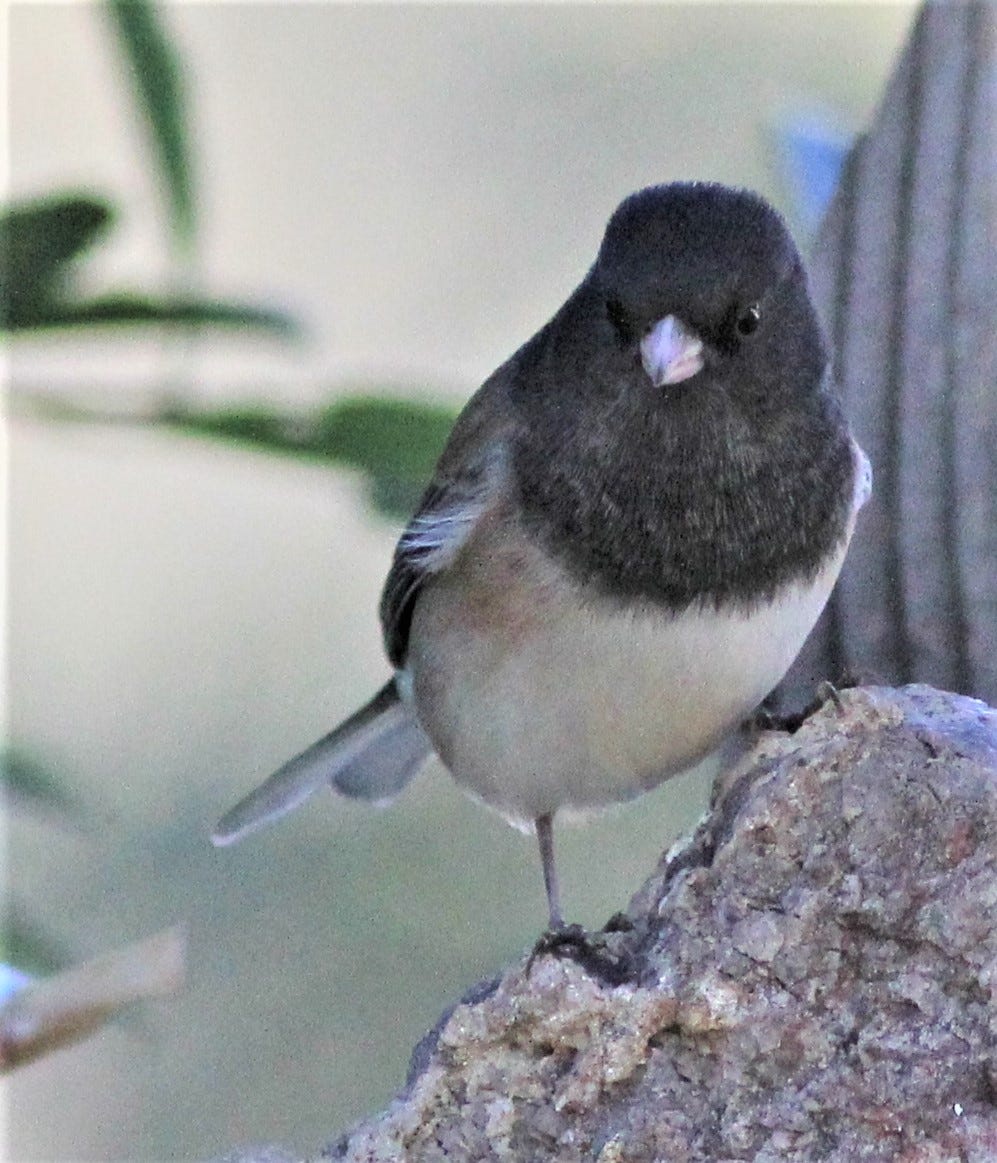

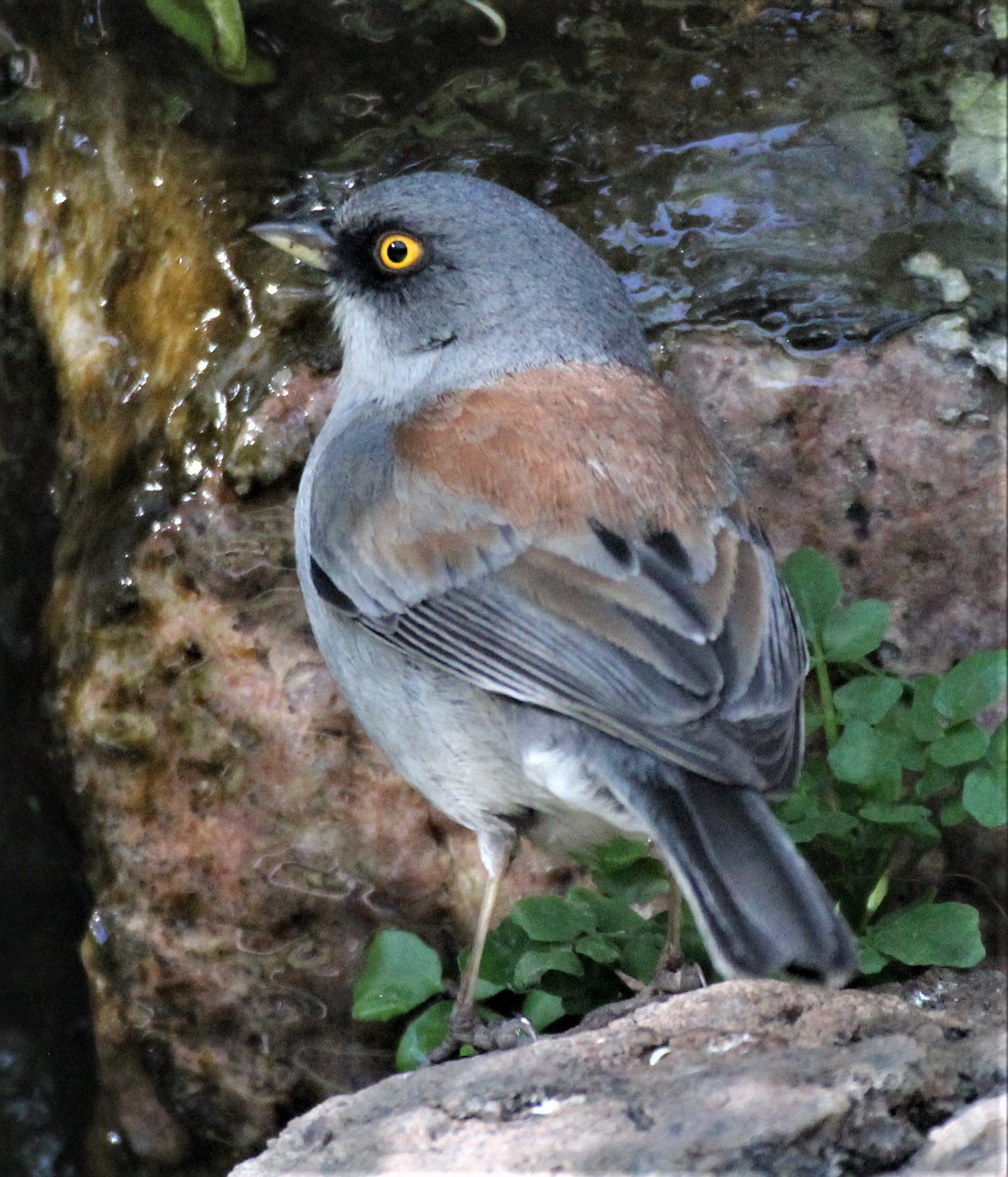
Not that I live in junco habitat but sometimes I get a small flock in the winter. 2023 only saw one Gray-headed at the feeders in December for about 5 minutes. As I suspect a horrible year for sparrows of any kind here (except for the daily pair of Rufous-winged).
I’m going to have to start looking closer at the juncos, just in case!